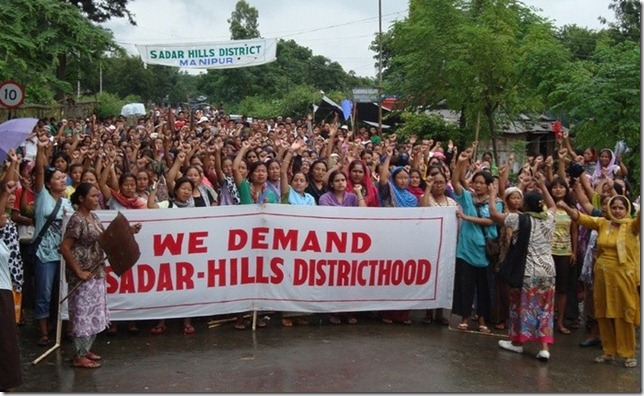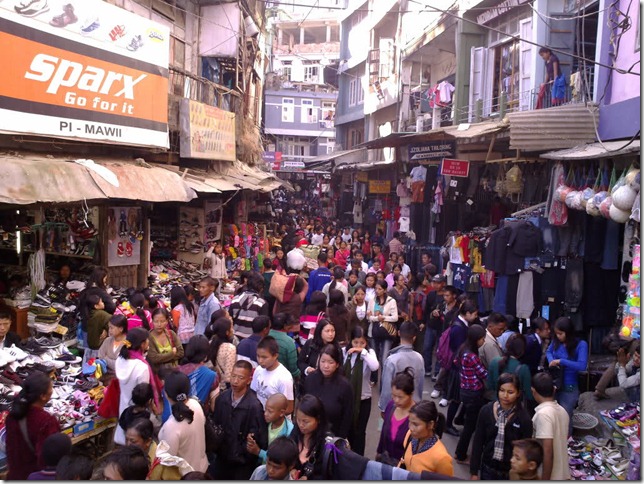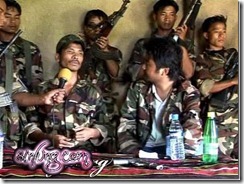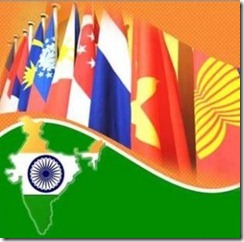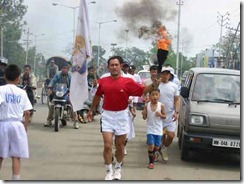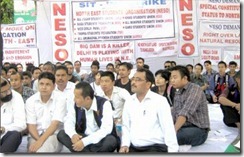 Guwahati, Oct 2 : The North East Students' Organization (NESO), comprising student bodies from all the seven states of the region, on Saturday staged a dharna at Jantar Mantar in New Delhi seeking a solution to multiple issues ranging from demands for expedition of the peace processes with militant outfits to repeal of the Armed Forces (Special Powers) Act and protest against mega-dams being built in the region.
Guwahati, Oct 2 : The North East Students' Organization (NESO), comprising student bodies from all the seven states of the region, on Saturday staged a dharna at Jantar Mantar in New Delhi seeking a solution to multiple issues ranging from demands for expedition of the peace processes with militant outfits to repeal of the Armed Forces (Special Powers) Act and protest against mega-dams being built in the region.
The students opposed the transfer of land as part of the India-Bangladesh land swap deal. The students' organizations also sought sealing of the international borders with the region to curb the ongoing influx across the borders.
Neso chairman and Aasu advisor Samujjal Bhattacharyya, who led the dharna in New Delhi, said the sit-in was staged to protest against the Centre's lackadaisical attitude towards the northeast in all respects.
Aasu general secretary Tapan Gogoi said the NESO delegation was seeking an appointment with Prime Minister Manmohan Singh to submit a memorandum.
"We are strongly opposing giving away of Assam's land to Bangladesh as part of the land swap deal. The agreement is yet to be ratified by the Parliament and so we will be pressing the Prime Minister to keep the deal in abeyance. We will also be asking for his intervention in stopping the construction of mega dams in the region as suggested by experts. The government has been saying that it would like to take the opinion of other experts. We welcome this, but at the same time, the construction should be stopped till the experts carry out more studies on the issue," the Aasu general secretary said.
He added that Irom Sharmila's elder brother Irom Singhajit also joined the dharna.
Apart from Aasu, the student organizations that joined in the protest were Khasi Students Union, Garo Students' Union, All Arunachal Pradesh Students' Union, Naga Students' Federation, All Manipur Students' Union, Mizo Zirlal Pawl and Twipra Students' Federation.




